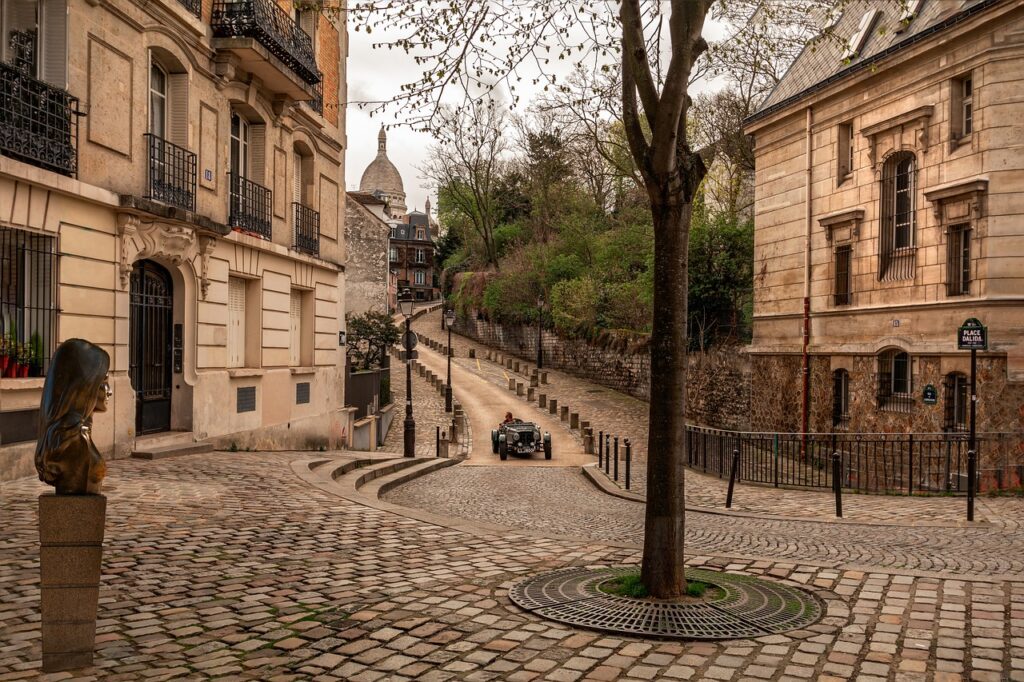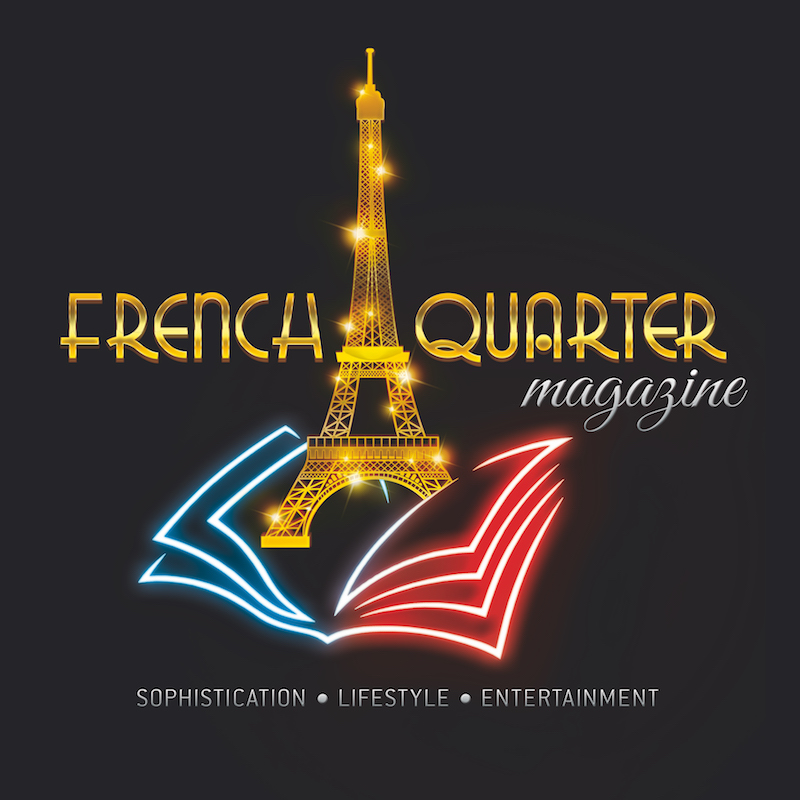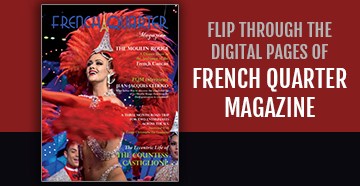Montmartre Unveiled: A Profound Journey through 19th-Century Bohemianism in Paris
Montmartre’s Bohemian revolution, intricately woven with the values of Truth, Beauty, Freedom, and Love, transcends time, leaving an indelible mark on the intellectual and artistic landscape. This detailed exploration invites contemplation on the profound impact of Bohemianism, urging us to unravel the layers of a movement that dared to defy societal norms and embraced a lifestyle where every moment was an exploration of “what if?” Montmartre stands as a living testament to the enduring spirit of Bohemianism, inviting us to delve into the rich intellectual history that has shaped our cultural narrative.
Within the labyrinthine streets of Montmartre, a cultural renaissance unfolded during the 19th century—the Bohemian revolution. Anchored in the values mentioned above, this intellectual exploration dives into the historical roots, the profound impact on artistic minds, and the symbiotic relationship between Montmartre and the Bohemian spirit. Let us embark on a journey of enlightenment, dissecting the multifaceted layers of Bohemianism in exquisite detail.

Bohemianism, originally rooted in the nomadic lifestyle of Bohemia in Central Europe, transformed into a profound belief system and a way of life during the early 19th century in France. The Bohemians, often impoverished writers and artists from outlying towns, sought refuge in Montmartre, Paris—a sanctuary pulsating with the beats of creative energy.
These Bohemians embraced eccentricity, living carefree, unconventional lives in the company of kindred spirits—musicians, actors, artists, and writers. The four cardinal values of Bohemianism—Truth, Beauty, Freedom, and Love—became guiding principles, shaping their unique impact on the world. Rejecting the material pursuits of mainstream society, Bohemians devoted their time to artistic and literary endeavors, distancing themselves from the bourgeois ideals of middle-class conformity.
Montmartre, nestled in the heart of Paris, transcended its geographical boundaries to become the epicenter of Bohemian creativity. A hidden gem with cobbled streets and cozy cafes, Montmartre bore witness to masterpieces birthed by iconic artists like Picasso, Van Gogh, and Dali. The Sacré-Cœur Basilica, dominating the skyline, served as a visual symphony of artistic beauty, inviting seekers to climb its steps for panoramic views that inspired awe.
Wandering through Montmartre unravels a canvas where workshops breathe life into artistic creations. Engaging in conversations with artists allows visitors to witness the meticulous artistic process firsthand. Le Consulat Café, a haven where history, art, and coffee seamlessly blend, hosts legendary artworks, providing a one-of-a-kind experience for those seeking the essence of Bohemian Paris.

The Bohemians, residing on the fringes of mainstream society, prioritized their art over material concerns. Montmartre and Greenwich Village in New York emerged as pivotal Bohemian hubs, influencing a lifestyle emblematic of the starving artist trope. Rooted in a profound love for the arts, pleasure, sexual freedom, and travel, Bohemians rejected societal norms and became trailblazers for subsequent countercultures romanticizing life on the societal periphery.
Central to Montmartre’s vibrant nightlife was the iconic Moulin Rouge. Credited as the birthplace of the Can-Can dance, the Moulin Rouge became a sanctuary for artists like Toulouse-Lautrec. The cabaret’s association with absinthe, known as The Green Fairy, became a symbol of Bohemian indulgence and addiction.
While the myth of bohemian Paris persists in films like “Amélie” and “Midnight in Paris,” Montmartre remains a tangible legacy where possibilities were limitless. The legacy of artworks, flamboyant biographies, and historical sites stand as testaments to the mythical and historical truths of this once-legendary place.
Header Photo Credit: Bastien Nvs on Unsplash





















I cannot tell you how excited I am to get your book. I'm trying to write a story involving Reunion…